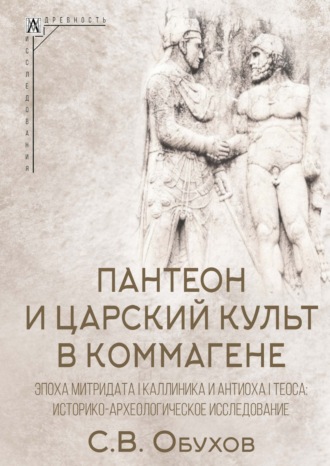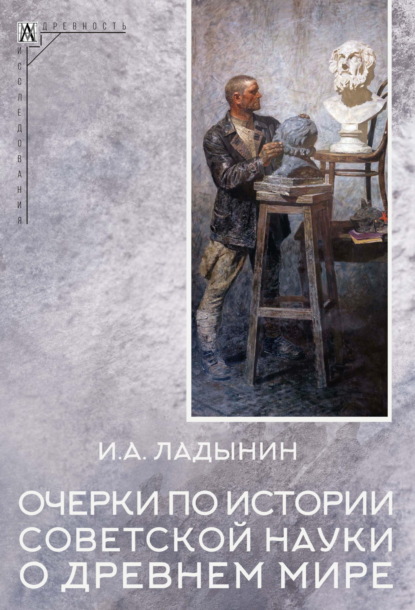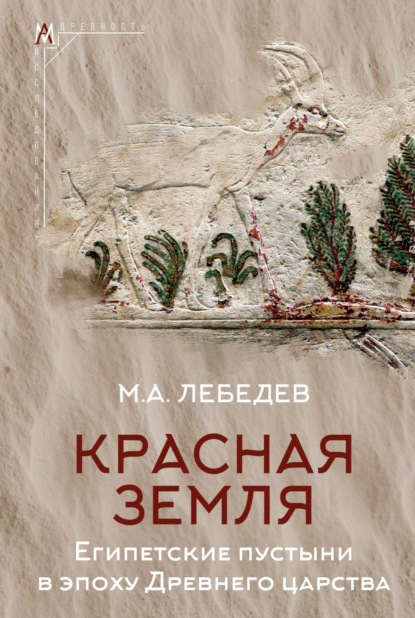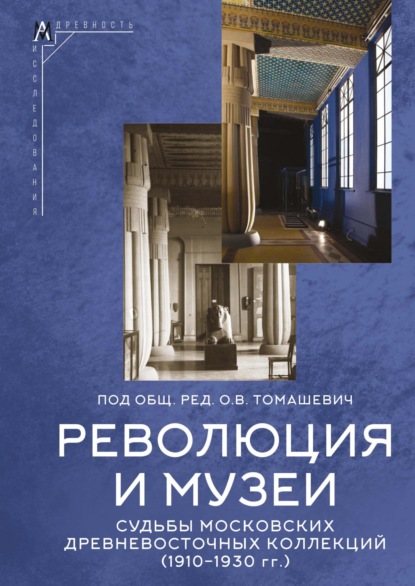Пантеон и царский культ в Коммагене. Эпоха Митридата I Каллиника и Антиоха I Теоса. Историко-археологическое исследование

Полная версия
Пантеон и царский культ в Коммагене. Эпоха Митридата I Каллиника и Антиоха I Теоса. Историко-археологическое исследование
Жанр: историческая научная и учебная литератураистория Древнего мирасерьезное чтениеоб истории серьезнопопулярно об истории
Язык: Русский
Год издания: 2023
Добавлена:
Настройки чтения
Размер шрифта
Высота строк
Поля
Конец ознакомительного фрагмента
Купить и скачать всю книгу



